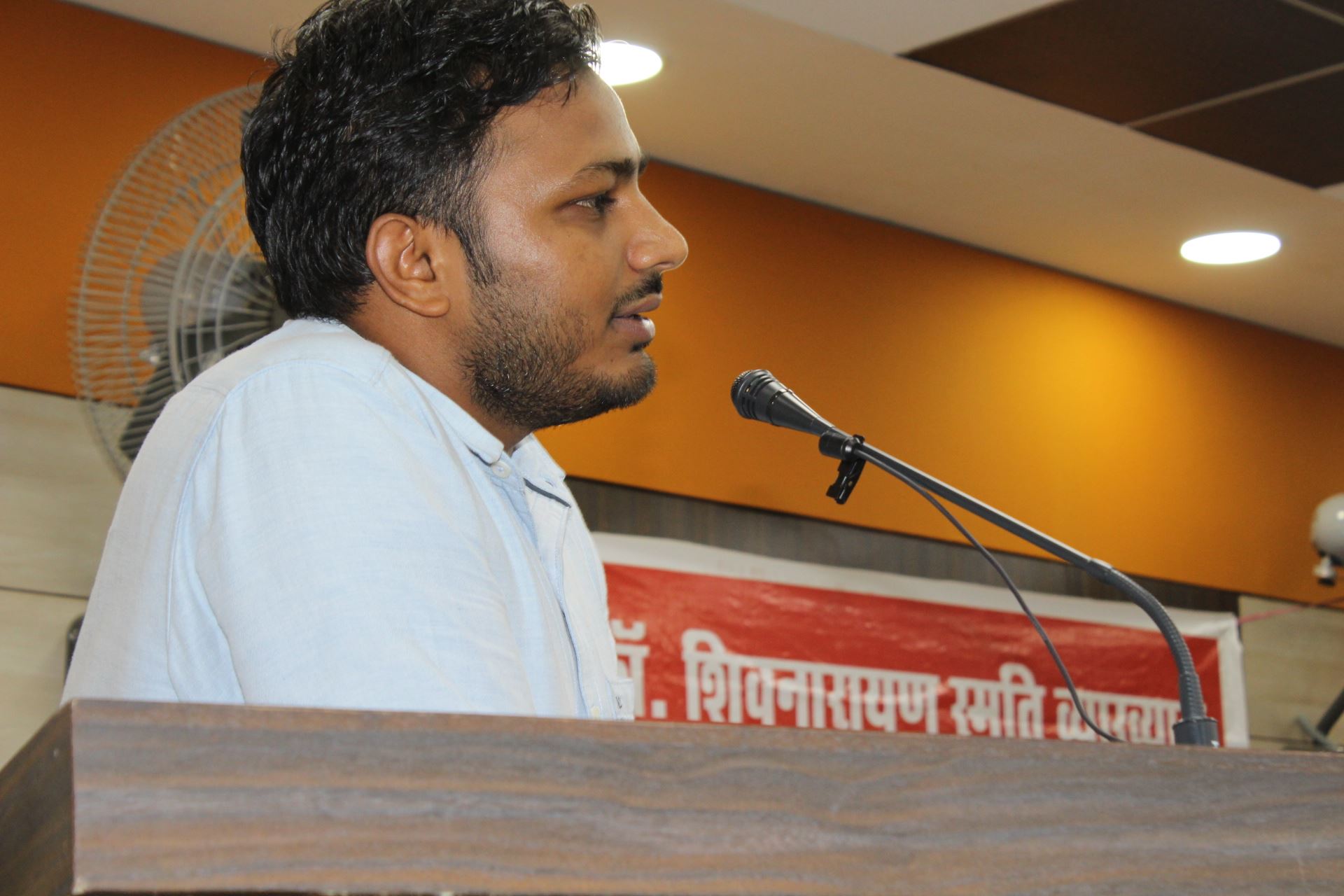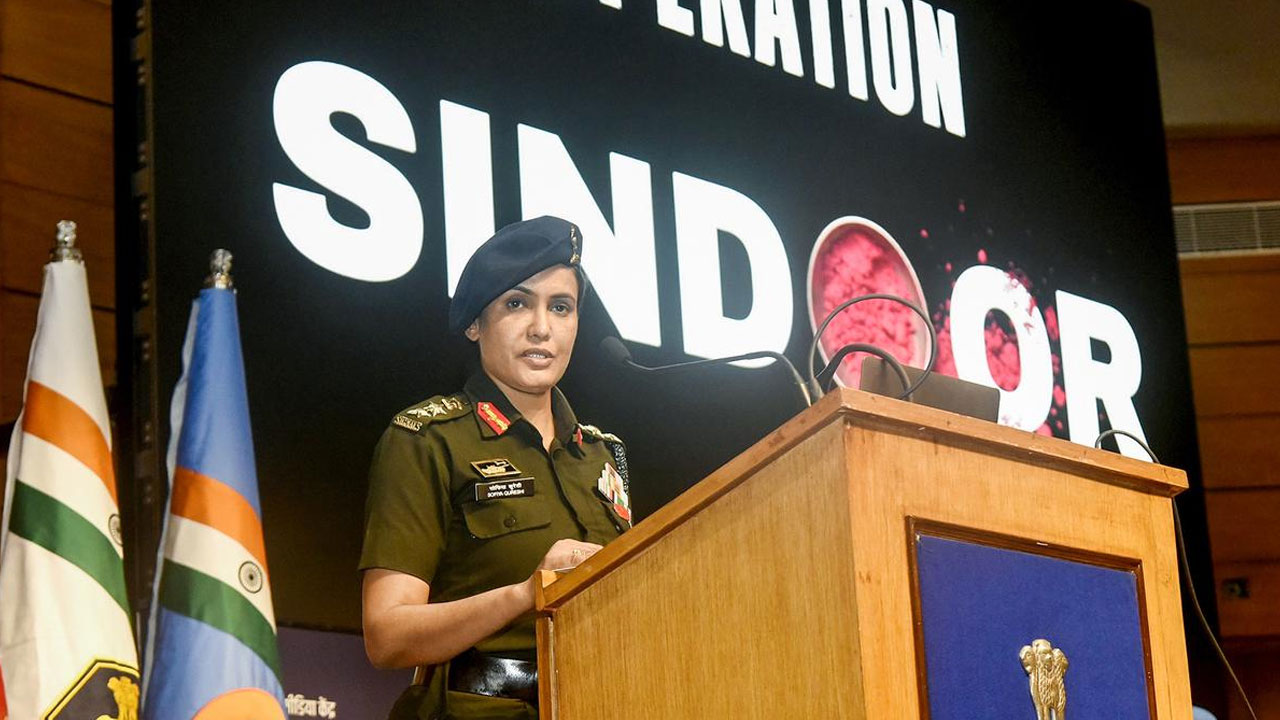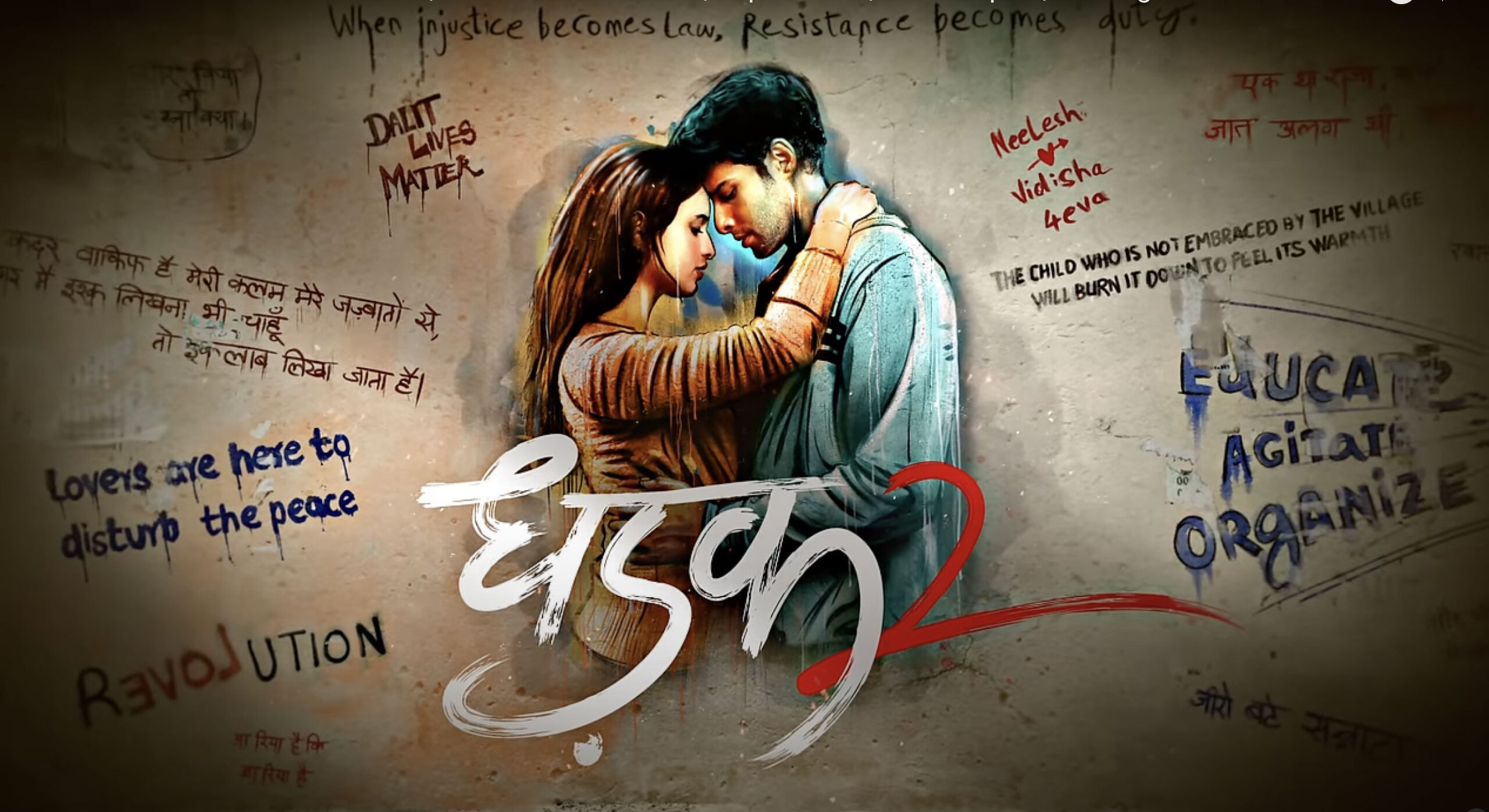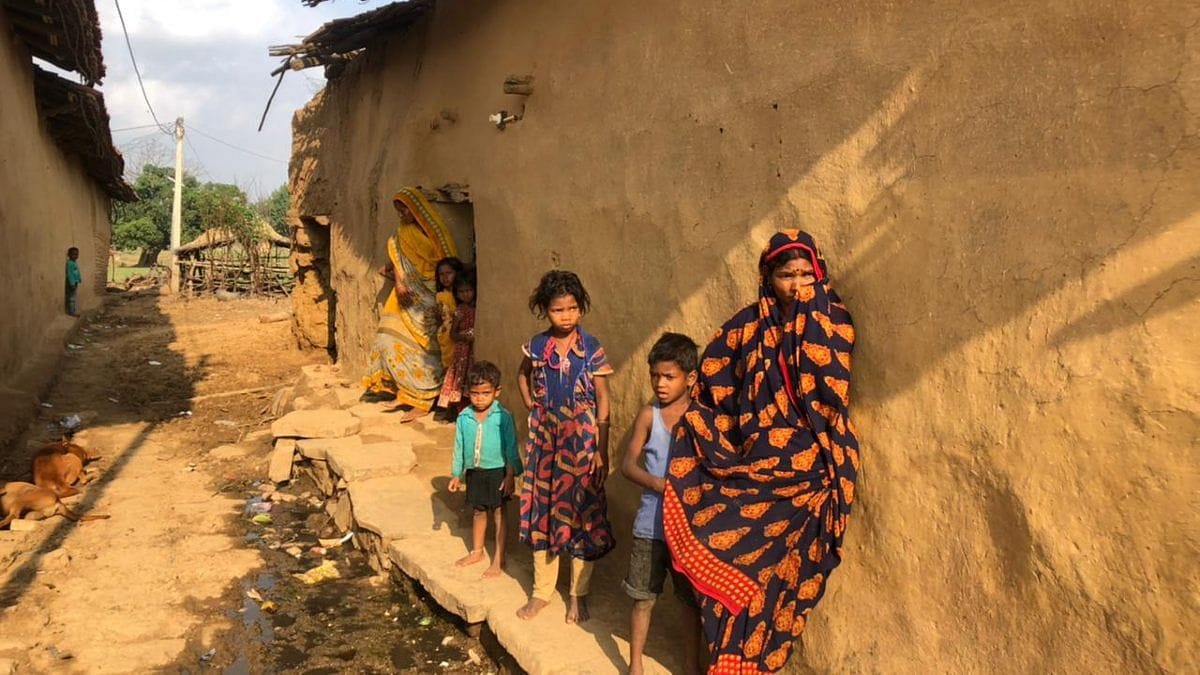The 1992 demolition of the Babri Masjid and 2002 massacre of Muslims in Gujarat, both by the Shudra and Atishudra foot soldiers of the Rashtriya Swayamsevak Sangh (RSS) at the behest of the Sangh’s Dwij (upper-caste) ideologues; the recent lynching of Dalits (Atishudras or members of Scheduled Castes) and Muslims on the pretext of cow protection; the rumours of “love jihad” that never refuse to go away but still remain as unfounded as ever; and the continuing hate speech against Muslims, most recently over the massive opposition to the Citizens Amendment Act – these aren’t flash floods of hatred. They have been building up for years. They are the result of the rivulets of hate that have been trickling in from the seemingly harmless, peaceful gatherings called the shakhas. The rivulets have merged to form a river, often a swollen river overflowing its banks.
Bhanwar Meghwanshi and Sudheesh Minni got their feet wet in those rivulets in their early years but they managed to leave when their heads were still just above the water. Other Swayamsevaks didn’t. Endless indoctrination drowned them in hate and they continue to be carriers of hate.
Bhanwar Meghwanshi grew up in Sirdiyas of Bhilwara district in Rajasthan, and Sudheesh Minni in Aythira of Kannur district in Kerala. Both of them started attending their nearby RSS shakha when they were very young, in the 1980s. Meghwanshi belongs to a Scheduled Caste (former Untouchable), while Minni is a Thiyya or an Ezhava and thus an OBC (a member of the Other Backward Classes); if it hadn’t been for the work of Narayana Guru and others towards social upliftment, Ezhavas, as former Untouchables, would be a Scheduled Caste today. At 11 years of age, Minni was already training other children in the RSS ideology. Meghwanshi was in his early teens when he joined the shakha. He recalls, “The structure and conduct of the shakha was very martial and, to tell the truth, I loved it. Also the way each of us had to call one another ‘ji’, old or young we had to show respect to each other, it felt spiritual and uplifting.”
Minni tells his story in the book Cellars of the Inferno: Confessions of an RSS Pracharak, published by Chintha Publishers (2016), Thiruvananthapuram – the publishing house of the Communist Party of India (Marxist), whose rank and file he joined after severing all connections with the RSS. This English edition perhaps doesn’t do justice to the Malayalam original ‘Naraka Sankethathile Ullarakal’, but the powerful narrative still comes through. Meghwanshi recounts his RSS days in the supremely readable I Could Not Be Hindu (Navayana 2020), in which he augments his Hindi original Main Ek Karsewak Tha with the help of the translator, sociologist Nivedita Menon.
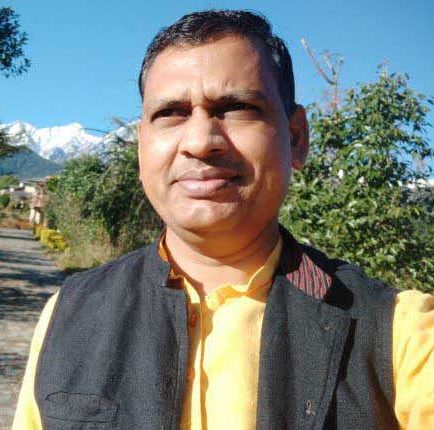
What is clear from Meghwanshi and Minni’s accounts is that the engine that drives the RSS juggernaut and holds together the rank and file, many of them SCs, OBCs and STs (Scheduled Tribes or Adivasis), are the slow-administered doses of hatred for the perceived enemies – Muslims, Christians and Communists. In other words, the nationalism and patriotism that they invoke at the drop of a hat is actually their hatred for the non-Hindu Rashtra which, to the brainwashed RSS swayamsevak, becomes indecipherable from Pakistan. Minni started attending the RSS shakhas when he was 5 years old. He remembers playing kabbadi, with the opposing team being named Muslims or Christians or Communists. Meghwanshi remembers being warned about the Muslim men’s high libido that led them to luring young Hindu women; the shakha discussions would attribute this love jihad to non-vegetarianism and circumcision. Minni had developed such anger towards the Muslims that he once thrashed a Muslim boy in his school with a plate.
Obsessed with the need to defeat the common enemy, the swayamsevaks temporarily forget the deep divisions among them left by the centuries-old caste system. Yet, at the heart of the idea of a Hindu nation or “Hindu Rashtra” is the caste system that keeps its ideators, the Brahmins, at the top of the social hierarchy. The ideators know that the “enemy” needs to be constantly invoked to keep the different castes together as Hindus and ensure that they themselves, along with their cohorts, the other upper castes, keep their social, political and economic domination intact. As particularly Meghwanshi tells us, the top RSS posts in his area were mostly held by Brahmins and Baniyas. When he tells his upper-caste superior that he wants to be a full-time pracharak, the superior discourages him; the superior’s response is that since he is from a marginalized community, that is a Dalit, the attitude of other people may change when they learn of his background, so he should be content with being a “vistarak” (propagator). He also discovers that most of the karsevaks (activists) he is travelling with to Ayodhya to tear down the Babri Masjid are in fact OBCs (Shudras) and SCs (Atishudras); the upper castes simply see them off at the station. They were told that the upper-caste superiors would join them later but they were never to be seen. The final straw for Meghwanshi was when his colleagues refused to eat his home-cooked food and later dumped it on the roadside.
That caste was at the heart of the RSS project didn’t dawn on Minni, who had trained to be a Vedic Maths teacher, until his final years as a pracharak. That was when Minni stepped out of Kerala, travelling to, among other places, Nagpur, Bhopal, Mumbai, Varanasi and parts of Gujarat, Bihar, Rajasthan and Assam; that was also when he wore the janeu (the Dwij thread) for the first time. His disillusionment with the RSS, though, had begun in Kerala itself with the bloody violence, including brutal murders, the swayamsevaks perpetrated in and around Kannur, their sexual misconduct and financial impropriety that even involved stealing crops and animals of the common man. They would make swords and bombs and train other swayamsevaks to make and use them. Yet, his or any of his peers’ caste wasn’t an issue. His travels to north India turned out to be a real education on the caste front. He writes, “Even the saakha is not free from it. Different saakhas are conducted for different castes … The demolition of Babri Masjid and the construction of a Rama Kshetra are given shape by the intelligent architects of the Sangh. The Dalits mainly took part in that agitation and most of the dead were Dalits. All the cases against the upper-caste people were finally withdrawn. My north Indian experience had taught me that when planned riots break out it was the poor Dalits who lose everything including their lives.” Malayalees in Mumbai narrated to him the horror stories of the Gujarat 2002 massacre. “Such stories depressed me very much. I returned to my province.”
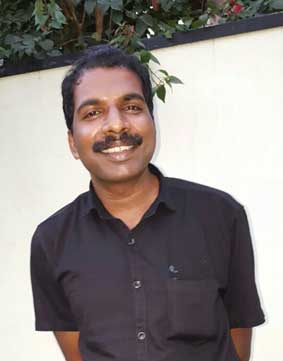
In one of the chapters, Minni regretfully recalls his efforts to lure the Adivasis of Attappady, Palakkad district, into the Hindu fold, “How can I be a good person, when I instil the feeling of Hindutva in a primitive society full of goodness and friendship and tempt them to use force and annihilate the Muslims and Christians? I realized only very late that I was a clever fox who destroyed their tradition and identity … The persons belonging to SC/ST communities did not actually know the correct attitude of the Sangh towards them. Golwalkar had written about the system of reservation as follows: ‘… We oppose reservation on the basis of communities on the ground that it will promote vested interests among the Harijans. It also damages their integration with other communities.’”
Minni remained with the RSS for around 25 years, into his early 30s, quitting within the past decade. Meghwanshi had already quit the RSS when he started his undergraduate studies in the early 1990s, and he devotes a good chunk of his book to his activism against communalism and casteism after leaving the RSS. Initially, he was driven by this desire to avenge the RSS. That saw him forming a students’ organization to counter the RSS’s student wing, the Akhil Bharatiya Vidya Parishad (ABVP) in the colleges and universities, fighting casteism and Hindu religiosity in schools when he became a school teacher and later launching a fortnightly magazine Dahakte Angaarey followed by Diamond India, a monthly journal. His publications became a platform for voices against the RSS. His writings often exposed the RSS and left the swayamsevaks seething. It is during these days that he crossed paths with Aruna Roy, Shanker Singh and Nikhil Dey of Mazdoor Kisan Shakti Sangathan. They ended up collaborating in several movements against corruption, casteism and communalism.
As the RSS went about “purifying” syncretic, Bahujan cultures of Rajasthan, Meghwanshi often became a thorn in their flesh. Be it the razing of a mosque next to a Devnarayan Temple in Asind by Gujjars or the evicting of the Dalit priest from their own temple in Suliya, Kareda, again by Gujjars, he fought the RSS conspiracies both through Diamond India and on the ground. He also recounts an incident in a village called Chakwara in Dudu, near Jaipur. Babulal Bairwa, a Dalit resident of the village, was a Vishwa Hindu Parishad (VHP) activist. One day he was seen bathing in the public pond where animals also took a dip. The upper-caste residents of the village took offence and slapped a fine of Rs 51,000 on him. Here was a man who had travelled to Ayodhya at the call of the upper castes to raze the mosque but all of that suddenly didn’t matter to them. Dalit protests were met with RSS mobs, which didn’t spare the police either. A disillusioned Bairwa quit the Sangh and turned to Ambedkar.
Meghwanshi also discovered the true Ambedkar only after he left the RSS. He writes, “Now I was reading Ambedkar himself, and found that his views on everything were the exact opposite of what the Sangh claimed. The first book I read, Riddles in Hinduism, blew my mind … Annihilation of Caste gave me a clear understanding of how Brahmanism was responsible for the establishment of the hateful system of caste hierarchy and discrimination. I came to recognize the true nature of the RSS … Then I read Kabir, Periyar and Phule. My desire for revenge was slowly becoming a desire for social transformation.”
Minni quit the RSS and joined the CPI(M), “the party which devotes all its time and energy for the amelioration of the helpless and downtrodden common man belonging to the different castes, communities and religion … and the one party free from the menace of casteism and religious animosity.”
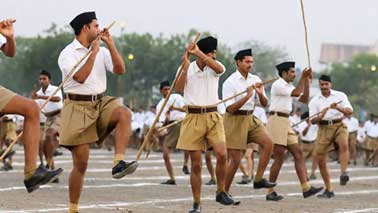
While the RSS has been othering the Muslims, Christians and Communists, it has also been engaged in appropriating Bahujan cultural institutions and Hinduizing them as part of its “consolidation” programme. In Minni’s account, it is the Muthuppan Madappura that is Hinduized, while in Meghwanshi’s, it is Ramdev Pir’s temple. A.V. Sakthidharan writes in Anti-God’s Own Country: A Short History of Brahmanical Colonisation of Kerala that Muthappa is the “very face of emancipatory spirituality and a significant cultural entity in northern Kerala. He galvanized the poor tribals against the tyranny of the ruling Kuttiyot dynasty and gave them lessons in work and self-reliance.” Instead of idol worship, there is an enactment of Muthappa by Pulayans and members of other Dalit communities. Minni recounts how the RSS seized on a conflict between the workers and a landlord, on whose land a Madappura stood, in Kannur, to gain control of the Madappura. The RSS provided protection to the landlord against any attacks by the workers backed by the CPI(M) and so gained his favour. The landlord gladly handed over the Madappura to an RSS committee and the shaka began to be held on its premises.
Meghwanshi recalls that “till about twenty years ago, Ramdev Pir was the deity of Dalits only. Even today in Rajasthan, Gujarat and Malwa you will find a Ramdev temple in every Dalit settlement … He is said to have been influenced by the Sufis of the Muslim Ismaili Nizari sect and to have taken deeksha, religious initiation from them. He then roamed the desert regions preaching the true religion, promoting the uplift of Dalits. Six hundred years ago, he gave women equal status in community prayer meetings.” Because of these revolutionary measures, he was harassed to the point of being forced to take his own life in a religious ritual. Today, though, the RSS has co-opted him and cooked up a myth that he died while protecting the cows from the marauding Mughals. The Ramdev temple in Ramdevra, near Jaisalmer, which millions of people of all faiths flock to every year, is now in the hands of Rajput trustees, with Brahmins in charge of the funds and employed as priests.
So, the Hindutva juggernaut has been rolling on, appropriating and othering in these nondescript places far away from the seats of government and power. Minni and Meghwanshi, too, were part of it until they realized that in the RSS’s scheme of things, they were the foot soldiers and the vistaraks, but they were still the “other”. In the Hindu Rashtra, everyone except the dominant upper-caste minority, is the “other” – a slave.
- I Could Not Be Hindu: The Story of a Dalit in the RSS, By Bhanwar Meghwanshi, Navayana, 240 pages, Rs 399
- Cellars of the Inferno: Confessions of an RSS Pracharak, By Sudheesh Minni, Chintha Publishers, 120 pages, Rs 150
Copy-editing: Ivan/Goldy


